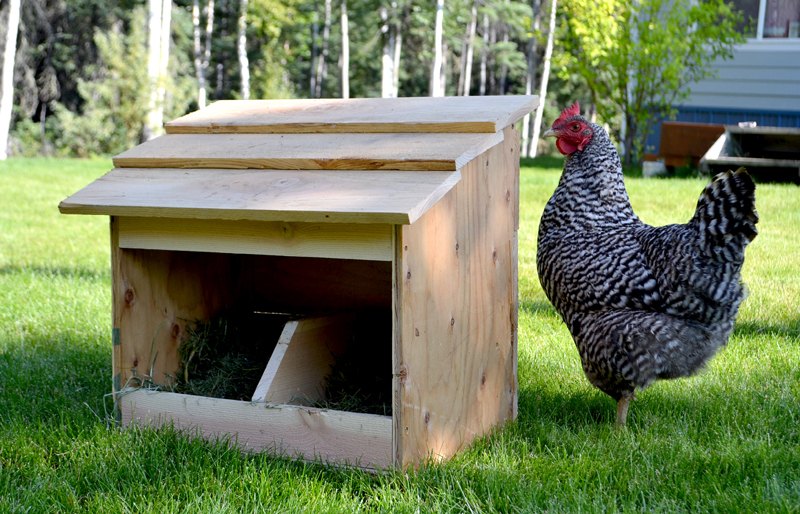The distinction between nesting and roosting is significant in the world of birds, particularly for chicken enthusiasts. These behaviors serve different purposes and understanding them can greatly enhance how you care for your flock. Whether you’re a seasoned poultry keeper or just starting, grasping these concepts is essential. This article will delve into nesting vs roosting explained to help you provide the best environment for your chickens.

What is Nesting?
Nesting refers to the behavior where birds, like chickens, create a space to lay their eggs. It involves finding or building a suitable area that offers protection from predators and the elements. Nesting is crucial for the reproductive success of birds. For chickens, nesting boxes are often used to provide a safe and comfortable place for egg-laying. You can learn more about nesting box placement to ensure your chickens have the best environment.
Why Do Birds Nest?
The primary reason for nesting is reproduction. Birds need a secure and comfortable place to lay their eggs and raise their young. Nesting provides a controlled environment where temperature and humidity can be regulated, ensuring the eggs develop properly. Additionally, nesting areas protect eggs and chicks from predators and harsh weather conditions.
What is Roosting?
Roosting, on the other hand, is the act of birds settling down to sleep. This behavior often involves finding a perch that offers safety and comfort. For chickens, roosting usually occurs on elevated perches within their coop. Understanding why chickens might not lay in boxes can help you address any issues in your coop setup.
Why is Roosting Important?
Roosting is crucial for a bird’s rest and recovery. It allows them to conserve energy and stay safe from nocturnal predators. For chickens, proper roosting arrangements can prevent overcrowding and stress, leading to a healthier flock.
Differences Between Nesting and Roosting
While both nesting and roosting are essential for birds, they serve different purposes. Nesting is focused on reproduction and the survival of the next generation, while roosting is centered around rest and protection.
Nesting vs Roosting: Key Characteristics
- Nesting: Involves creating or choosing a site for egg-laying and chick-rearing. It requires materials like straw or twigs for construction.
- Roosting: Involves finding a secure place to sleep, usually on a perch. It doesn’t require additional materials.
Choosing the Right Nesting Boxes
When it comes to nesting, choosing the right boxes is crucial for your chickens’ comfort and productivity. Consider size, material, and location when selecting nesting boxes. You can find various nesting box ideas to suit your needs.
Nesting Box Materials
The material of nesting boxes can affect the comfort and safety of your chickens. Wood is a popular choice due to its durability and insulation properties. Ensure the boxes are easy to clean to maintain hygiene.
Setting Up Roosting Perches
Roosting perches should be sturdy and positioned at a height that mimics natural conditions. This setup will encourage your chickens to roost comfortably and safely.
Roosting Perch Placement
Place roosting perches at varying heights to accommodate different chickens. Ensure there is enough space for all birds to perch without overcrowding. Learn more about nest boxes and roosts to optimize your coop setup.
Challenges in Nesting and Roosting
Both nesting and roosting can present challenges. Nesting boxes can become overcrowded, leading to broken eggs and stress. Roosting perches might be too high or unstable, causing discomfort. Address these challenges promptly to ensure a healthy environment.
Common Nesting Issues
Some chickens may refuse to use nesting boxes. This can be due to placement, size, or material issues. Regularly check your nesting boxes and adjust as needed.

FAQs
Why won’t my chickens use their nesting boxes?
Chickens might avoid nesting boxes if they find them uncomfortable or unsafe. Ensure the boxes are clean, well-placed, and of the right size.
How can I encourage my chickens to roost?
Encourage roosting by providing secure and comfortable perches. Ensure the coop is safe from predators and has proper ventilation.
What materials are best for nesting boxes?
Wood is ideal for nesting boxes due to its durability and insulation. Ensure the boxes are easy to clean and maintain.
Understanding the differences between nesting and roosting is crucial for any bird enthusiast. By providing the right environment and addressing potential challenges, you can ensure the well-being of your chickens. For more insights, check out chicken coop ideas to inspire your setup.
This article contains affiliate links. We may earn a commission at no extra cost to you.









